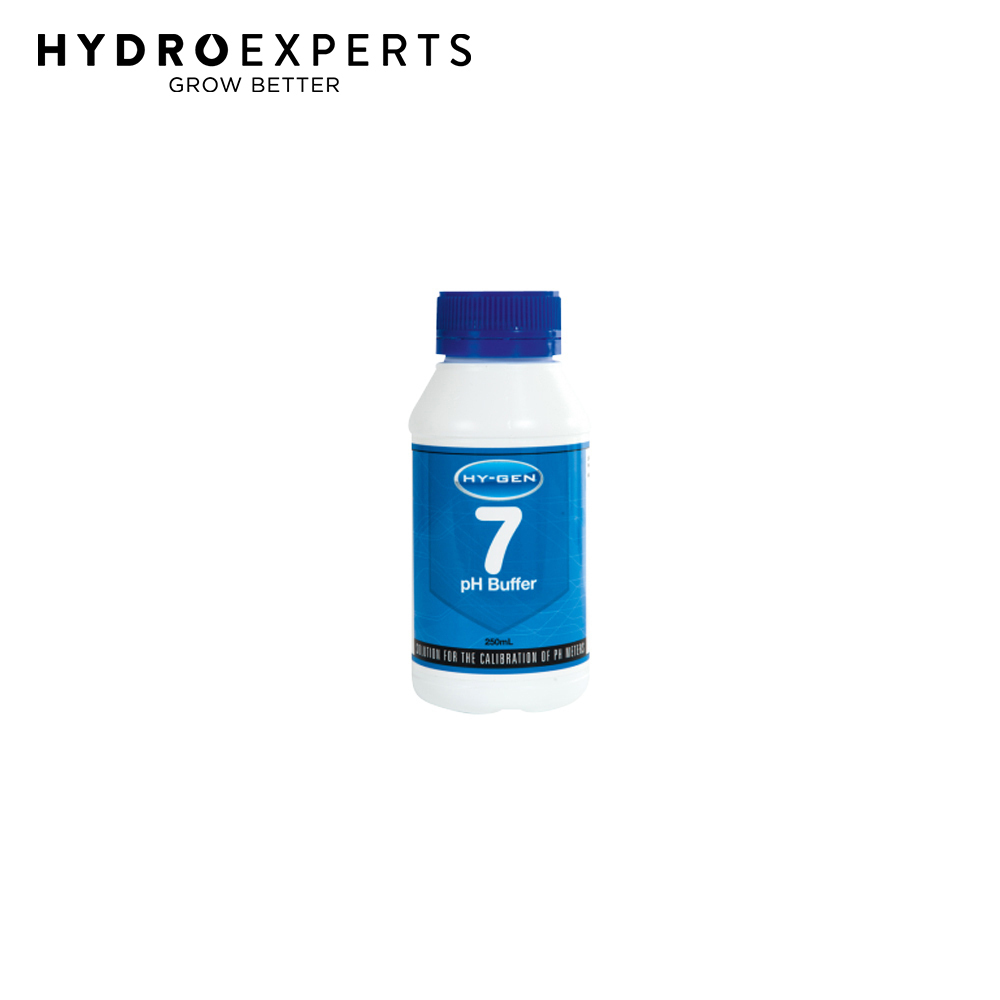Just saw in your other thread that you have a colour blindness. In that case, a pH-meter might actually be a good option, depending on how good you are with orange/red shades.
I am using the Apera PH60. It is a bit more expensive than the Apera PH20, but I liked that the PH60 has a replaceable probe. The enhanced resolution of 0.01 is overkill, the PH20's 0.1 are plenty. But you'll need to replace the whole meter when the sensor dies - they don't last forever.
I bought mine at

www.instrumentchoice.com.au
I strongly recommend to always store it in 3 molar KCl storage solution as recommended in the manual. Cheapest option I found here:
Sera Care Solution KCl 100ml delivered to your door by Pet Supplies Empire. Price match policy. Australian online pet supplies

petsuppliesempire.com.au
That bottle lasts for a long time. I just keep the cap filled with it and top up as required (you always loose a few drops when taking the probe out of the solution). Important to not contaminate the storage solution by always rinsing the probe with distilled water and tapping it dry before putting away. From time to time I rinse the cap with distilled water, dry with a tissue and refill with KCl from scratch.
Also important to verify the calibration regularly using a pH 7 buffer solution, and recalibrate as required (don't bother about calibration at pH 4 and pH 10, overkill for pools). I bought that stuff:
Hy-Gen pH Buffer - 7.0 - [Size: 500ML]

www.hydroexperts.com.au
It takes a while to get a feel for it.
In summer, it shows the correct reading very quickly.
I noticed that in winter, with much colder water, it can take a bit longer. Reason seems to be that my meter is stored inside and it takes a while for the internal thermometer to cool down to the water temperature, and the automatic temperature compensation will interpret the reading wrong (thinking the water is warmer than it actually is). Initially, the reading can be wrong by about 0.2 (even though the meter display shows the smiley face). After about 30 sec, it shouldn't change more then 0.1 anymore. To really make sure to get the reading correct on a 0.1 level, you might have to wait for 2 minutes or so, but that's starting to get into micromanagement territory.
It is important to rinse the probe with pool water a couple of times before the measurement.
Main sources for wrong readings are:
- Not verifying calibration often enough
- Not rinsing the probe with pool water sufficiently before the measurement
- Not making sure that there is no air trapped next to the sensor glass bulb.
- Letting the sensor dry out. Usually a good soak in KCl storage solution followed by a calibration will fix that, but it will significantly reduce the sensor's life expectancy.
- Using the wrong storage solution. Some meters use a different type of storage solution, make sure to buy the right stuff for your's. The Apera meters (and probably most other major brands), need 3M (3 molar) KCl (Potassium Chloride). The wrong type can wreck your pH-meter.



